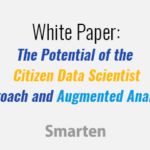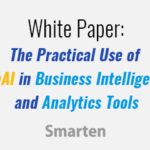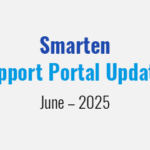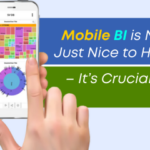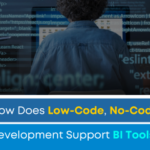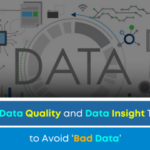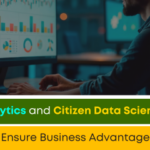Integration of PMML Models From Third-Party Platforms Supports Business User Needs!
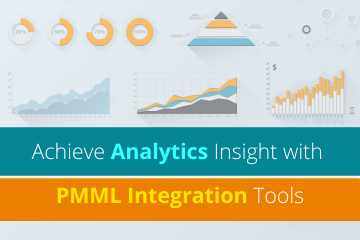
Whether you are a business analyst, a data scientist or a Citizen Data Scientist (a business user who uses analytics in day-to-day work), you probably struggle to manage and control your data analytics and may use multiple tools to gather, analyze and present that data.
‘It is important to allow your users to leverage the familiar, popular tools they love, while (at the same time) allowing for simple integration, and management of the workflow to simplify data analytics and encourage productivity and collaboration.’
Gartner research reveals that, ‘80% of analytics insights will not deliver business outcomes.’ There are many reasons for analytics failure in an organization but one of the primary reasons is failure to engage users which results in poor user adoption of augmented analytics tools and business intelligence solutions. If a tool or solution is difficult to use or if it must be combined with other tools to get results, users will become frustrated and will abandon the solution, resulting in poor return on investment (ROI) for the organization.
In this article, we focus on the process of building and using a PMML model and how to simplify the execution of this process so that your users can get the most out of the process and achieve their goals. The PMML or Predictive Model Markup Language is an XML-based predictive model interchange format. PMML models feed the analytical process by providing records and data for analysis.
If your enterprise can make this process easier, you can ensure user adoption of your augmented analytics tools AND you can ensure that your business users have access to the most comprehensive data set and can use that data to achieve fact-based decisions and present data in a clear, concise way.
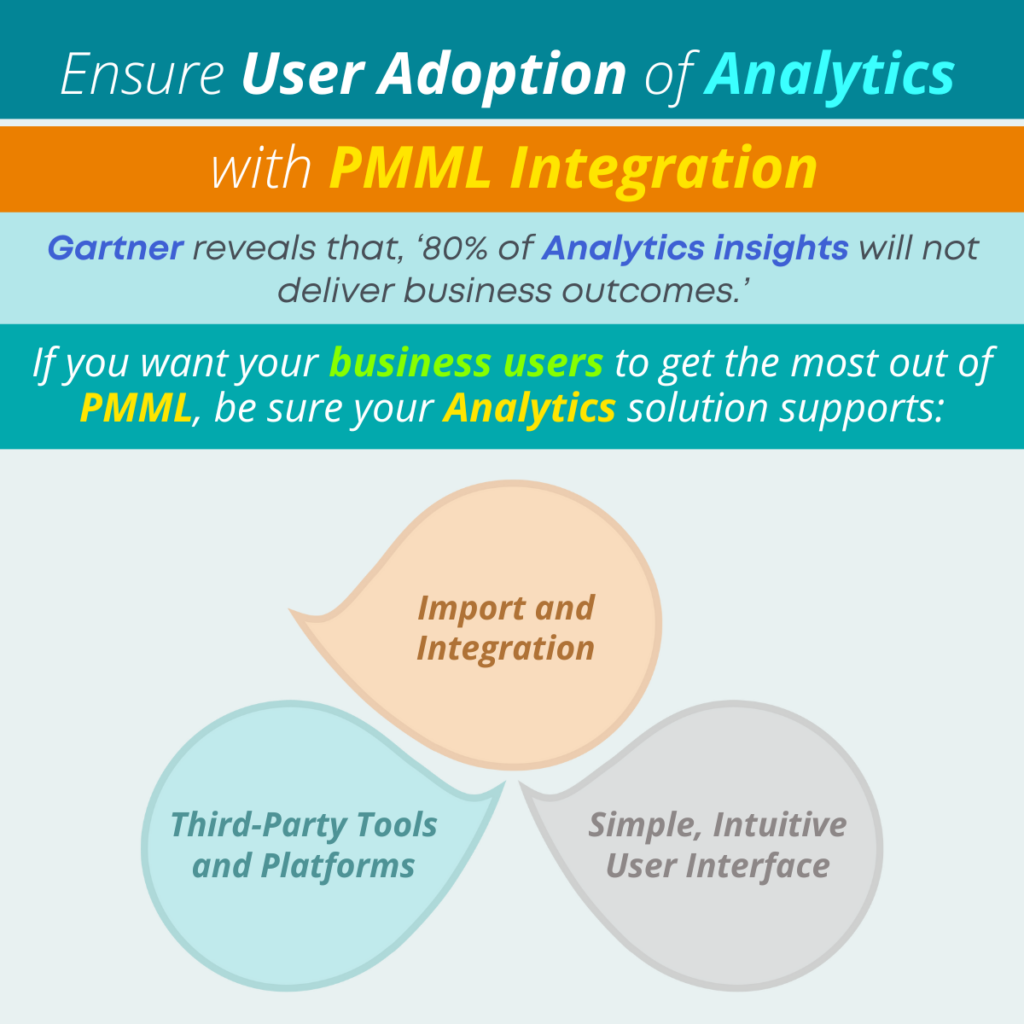
Here are three (3) factors to consider and include when choosing an analytics solution to support your PMML needs:
Import and Integration
Your augmented analytics tool should provide a simple process to import PMML models and integrate those models within the feature set of the augmented analytics solution with full access to these features and the flexibility to incorporate the data and models for analytical use within the solution workflow.
Support for Third-Party Tools and Platforms
Your augmented analytics solution should allow users to create models using other familiar platforms like Python, R, Java, KNIME and other platforms, and integrate with solution workflow without complex coding, scripting, or programming, so you can easily use the models you have trained and created in other platforms to analyze data without help or assistance from IT or from data scientists.
Simple, Intuitive User Interface
The solution interface should be ready-to-use and intuitive with a workflow that guides the user from validation of the model to roll-out in the production environment and provides simple language interpretation of models, enabling predictions using single and multiple test records with user-friendly graphical user interface (GUI) or Web services API.
There are many other factors to consider when selecting an augmented analytics solution and your primary focus should be on marrying organizational requirements with user requirements to ensure user adoption. When it comes to PMML integration, it is important to allow your users to continue using the familiar, popular tools they love, while (at the same time) allowing for simple integration, and management of the workflow to simplify data analytics and allow your users to be more productive and collaborative.
‘Choose an augmented analytics solution that will make PMML integration easier, so you can ensure user adoption of your augmented analytics tools AND give your business users access to imported PMML models within the workflow of the augmented analytics solution.’
Discover the power of Smarten PMML Integration. Create PMML models in third-party platforms and use those models in Smarten without coding, programming or technical assistance.


